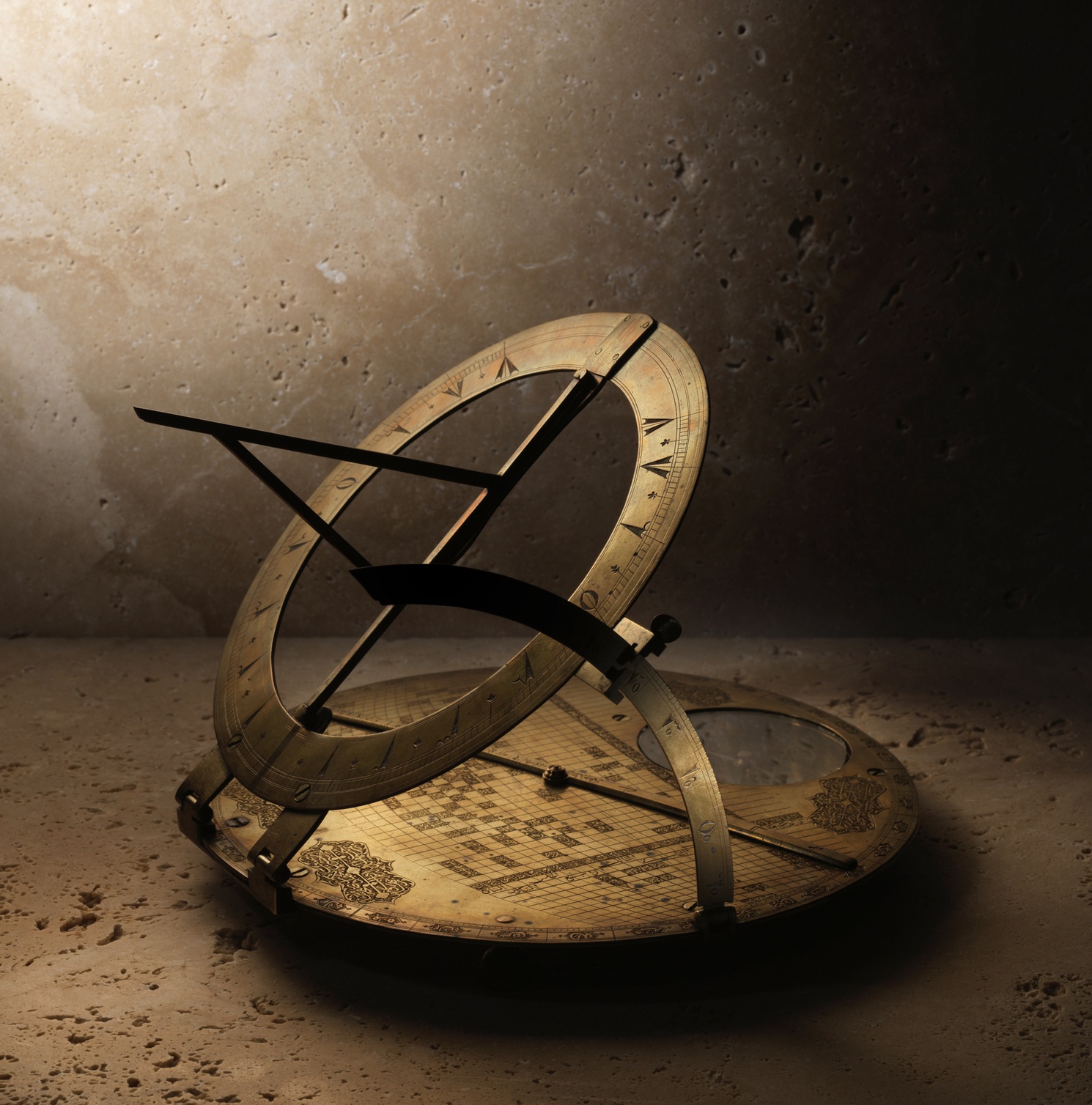Rare Islamic Mecca-centred map at Bonhams
 A rare Islamic Mecca-centred world map, a masterpiece from Safavid Persia, will star in the Islamic and Indian Art Sale on November 14 at Bonhams in London.
A rare Islamic Mecca-centred world map, a masterpiece from Safavid Persia, will star in the Islamic and Indian Art Sale on November 14 at Bonhams in London.
The map, formerly on display at the Harvard Museum of Art, and dating from the last quarter of the 17th century, is the finest and most complete Mecca-centred world map of only three surviving examples (the other two were discovered in 1989 and 1995) and is the most important Islamic scientific instrument ever offered at auction, carrying an estimate of £1,500,000-£2,000,000.

Nima Sagharchi, Bonhams Group Head of Middle Eastern, Islamic and South Asian Art commented: “Steeped in historical, scientific, and religious significance, this rare and captivating 17th-century Islamic world map, crafted in Safavid Persia, stands as testament to the grandeur and precision of Islamic art and science. Coming to market for the first time, it has an illustrious provenance, worthy of its pedigree as a masterpiece of Islamic scientific craft.”
The discovery of these maps proved a real turning point in the academic understanding of Islamic cartography. Recognised by the historian and author Dr David King as the only surviving examples of Islamic world maps with localities properly marked on a coordinate grid, the maps have revolutionised our understanding of Islamic cartographers and the scientific sophistication of their instruments. King notes: “These instruments are of a kind previously unknown to the history of science.”
He continued:, “As maps, their most remarkable characteristic is the complex nature of the mathematics underlying the cartography. As artefacts, their importance lies in their being the sole known examples of a medieval cartographic tradition of outstanding sophistication.”
At its heart, the map’s intent is simple, to guide the beholder to Mecca, yet its historical significance radiates far beyond its use. The map positions Mecca not only as its geographical centre, but in a wider sense, it is representative of a time when the Middle East was itself the intellectual, artistic, and scientific focal point of the world.

Believed to have originated from Isfahan, a city renowned for its masterful metal craftsmanship, the world map is both signed and inscribed with the name of its maker and patron. The artisan behind this masterpiece, identified only as “Husayn” would have belonged to the top echelons of instrument creators for this period. The equally elusive “Sayf Al-Dawleh”, is identified as the patron, an honorific broadly used throughout the Islamic World, meaning “Protector of the Realm”. This title would have been bestowed on a Safavid courtier, nobleman or public official.
The world map was on loan to the Harvard Museum for more than 15 years. More recently it has been exhibited at the Nelson Atkins Museum in Kansas. The map has also featured in numerous prestigious exhibitions and publications, including a retrospective of Islamic Metalwork at the Harvard Museum in 2002, a major exhibition of Saudi archaeology organised by the Saudi Commission for Tourism, and the Smithsonian Institution.
Other highlights of the sale include:
A gilt-copper hilted steel sword from the armoury of Tipu Sultan Mysore, Seringapatam, late 18th century, estimated at £120,000-£180,000. In May this year, Bonhams sold Tipu Sultan’s fabled bedchamber sword for £14 million, setting a new world auction record for an Indian and Islamic object.
A gem-set enamelled gold armlet from the collection of Maharani Jindan Kaur (1817-63), wife of Maharajah Ranjit Singh (1780-1839), Punjab, probably Lahore, first half of the 19th century, estimated at £100,000-£150,000.
A rare portrait of a lady in European dress, Safavid Persia, probably Isfahan, mid to second half of the 17th century, estimated £100,000-£150,000.
A fine Mughal gem-set enamelled steel push dagger (katar), India, 17th century, carries an estimate of £45,000-£55,000.

